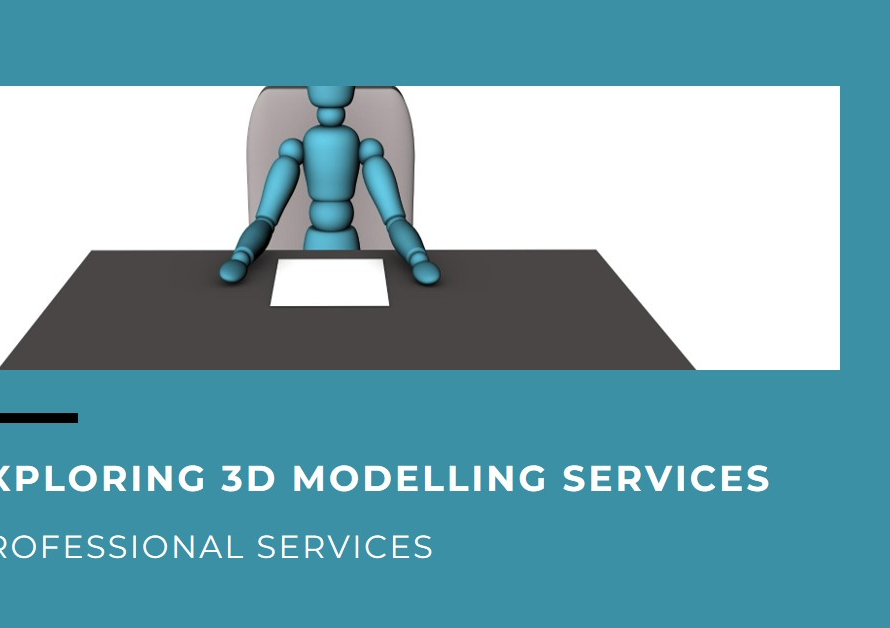
Table of Contents
1. Introduction to Streamlining 3D Architectural Modelling
In the realm of architectural design, the efficiency and accuracy of Architectural Modelling processes significantly impact project timelines and outcomes. To optimize these processes, architects rely on a range of innovative devices that enhance productivity, creativity, and collaboration. Let’s delve into the ten essential devices that empower architects in streamlining 3D modeling workflows and achieving design excellence.
2. High-Performance Workstations for Seamless Processing
The foundation of efficient 3D modeling lies in powerful workstations equipped to handle complex computations, rendering tasks, and real-time visualization. Invest in workstations featuring multi-core processors, ample RAM, dedicated graphics cards, and fast storage solutions. Tailor hardware configurations to match the demands of your preferred 3D modeling software, ensuring smooth performance and reduced workflow bottlenecks.
3. Expansive Displays for Enhanced Visualization
Large format displays, such as ultra-wide monitors or dual-screen setups, provide architects with expansive workspace to view detailed 3D models, compare design iterations, and manage multiple application windows simultaneously. Opt for high-resolution monitors with accurate color reproduction to maintain visual fidelity and precision during modeling, rendering, and presentation stages. Ergonomic features like adjustable stands promote comfortable viewing experiences for prolonged work sessions.
4. Precision Input Devices: Graphics Tablets and Pen Displays
Graphics tablets and pen displays offer architects intuitive and precise input methods for sketching, sculpting, and fine-tuning 3D designs. Choose devices with pressure-sensitive styluses, customizable shortcut keys, and ergonomic designs that complement your workflow preferences. These tools facilitate digital sketching, annotation, and detailing tasks with natural hand gestures, enhancing creativity and workflow efficiency.
5. Harnessing Spatial Data: 3D Scanners and Laser Measurement Devices
Capture real-world environments, physical objects, and spatial data accurately with 3D scanners and laser measurement devices. Incorporate scanned data seamlessly into 3D modeling software to create as-built models, perform site analysis, and facilitate renovation or restoration projects with precision and scale accuracy. Choose devices and software combinations that align with your project requirements and data processing needs.
6. Immersive Visualization Tools: VR Headsets and Interactive Software
Virtual Reality (VR) headsets and immersive visualization software revolutionize design presentations, client interactions, and stakeholder engagements by offering immersive 3D experiences. Create interactive walkthroughs, virtual tours, and scenario simulations to showcase design concepts, spatial relationships, and material finishes in lifelike environments. Collaborate with VR developers to leverage the full potential of immersive technologies in architectural design workflows in Architectural Modelling
7. Cloud-Based Collaboration Platforms for Seamless Teamwork
Efficient collaboration is key to successful 3D modeling projects, especially in distributed or remote teams. Leverage cloud-based collaboration platforms and project management tools to centralize project data, streamline communication, track revisions, and manage document workflows securely. Ensure platforms offer real-time collaboration features, model viewing capabilities, and version control functionalities tailored to architectural workflows in Architectural Modelling
8. Portable Devices for On-the-Go Productivity
Stay productive and connected while on the move with portable devices such as high-performance laptops, tablets, and smartphones. Choose devices with robust processing power, graphics capabilities, and compatibility with essential design software and collaboration tools. Seamless synchronization with cloud storage solutions enables architects to access, review, and edit project files from anywhere, ensuring workflow continuity and responsiveness to project needs.
9. Ergonomic Furniture and Workspace Accessories
Create a comfortable and productive work environment with ergonomic furniture, adjustable desks, chairs, and workspace accessories. Prioritize ergonomics to reduce fatigue, promote good posture, and enhance overall well-being during extended work hours. Organize workstations with cable management solutions, task lighting, and storage options to optimize workflow efficiency and maintain a clutter-free workspace conducive to creativity and focus.
10. Continuous Learning and Skill Development


Embrace a culture of continuous learning, skill development, and technology adoption within your architectural firm. Encourage team members to explore new software tools, attend training programs, and participate in industry conferences, webinars, and workshops. Stay informed about emerging trends, best practices, and technological advancements in 3D modeling, rendering, and visualization domains to stay competitive and innovative in your design approach.
By integrating these essential devices and fostering a culture of innovation and collaboration, architects can streamline 3D modeling workflows, elevate design quality, and deliver exceptional architectural solutions that meet client expectations and industry standards. Continuously assess and update your digital toolkit to leverage the latest advancements and stay ahead in the dynamic landscape of architectural design and technology.


